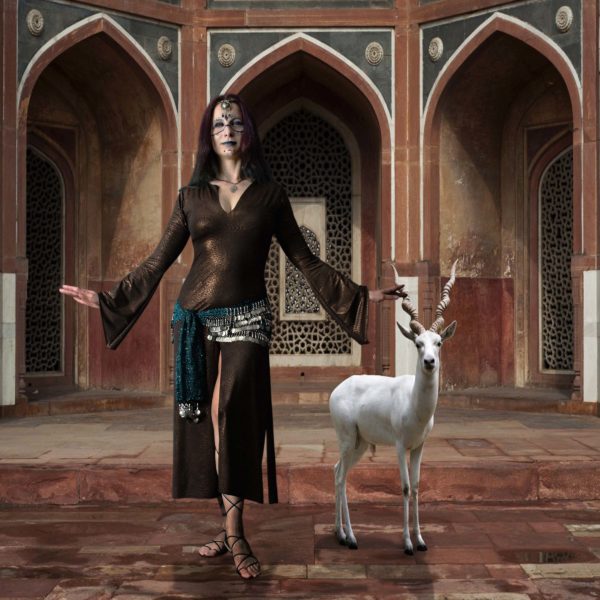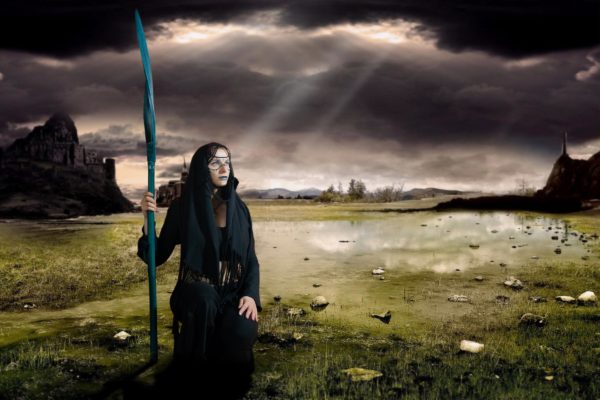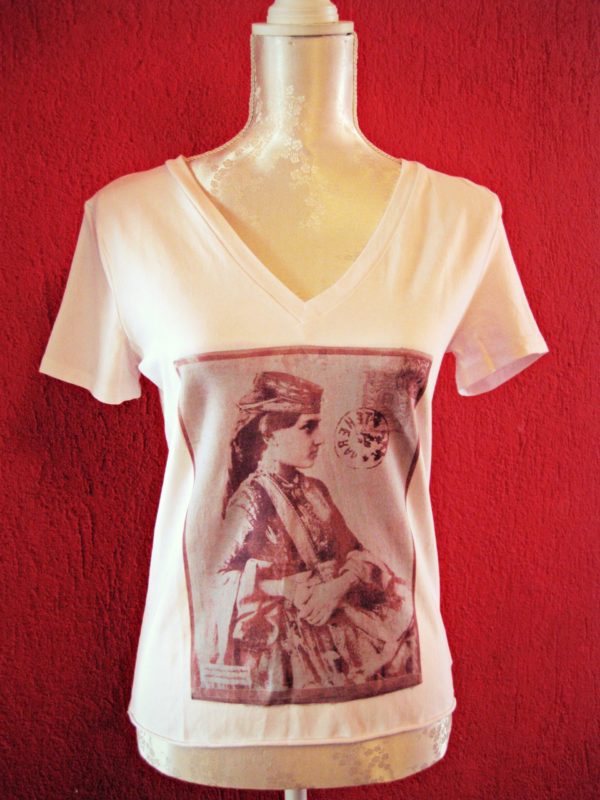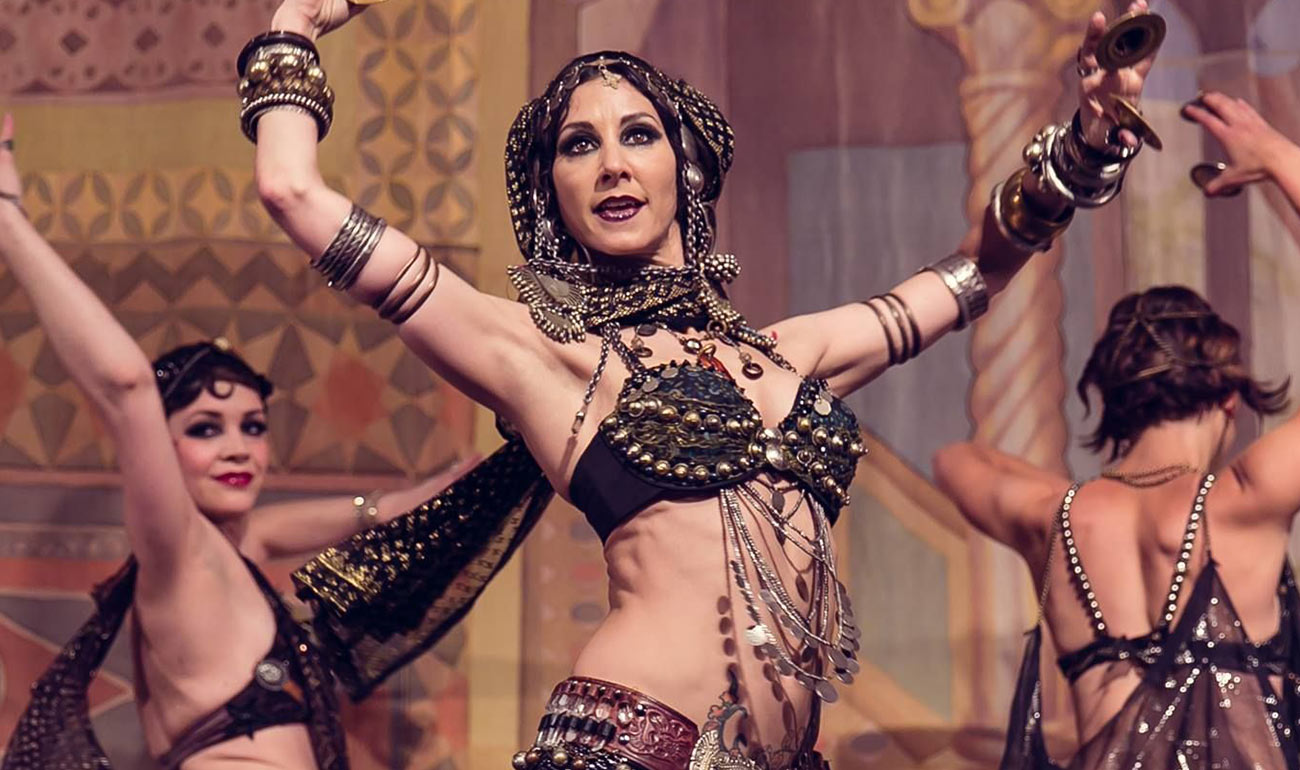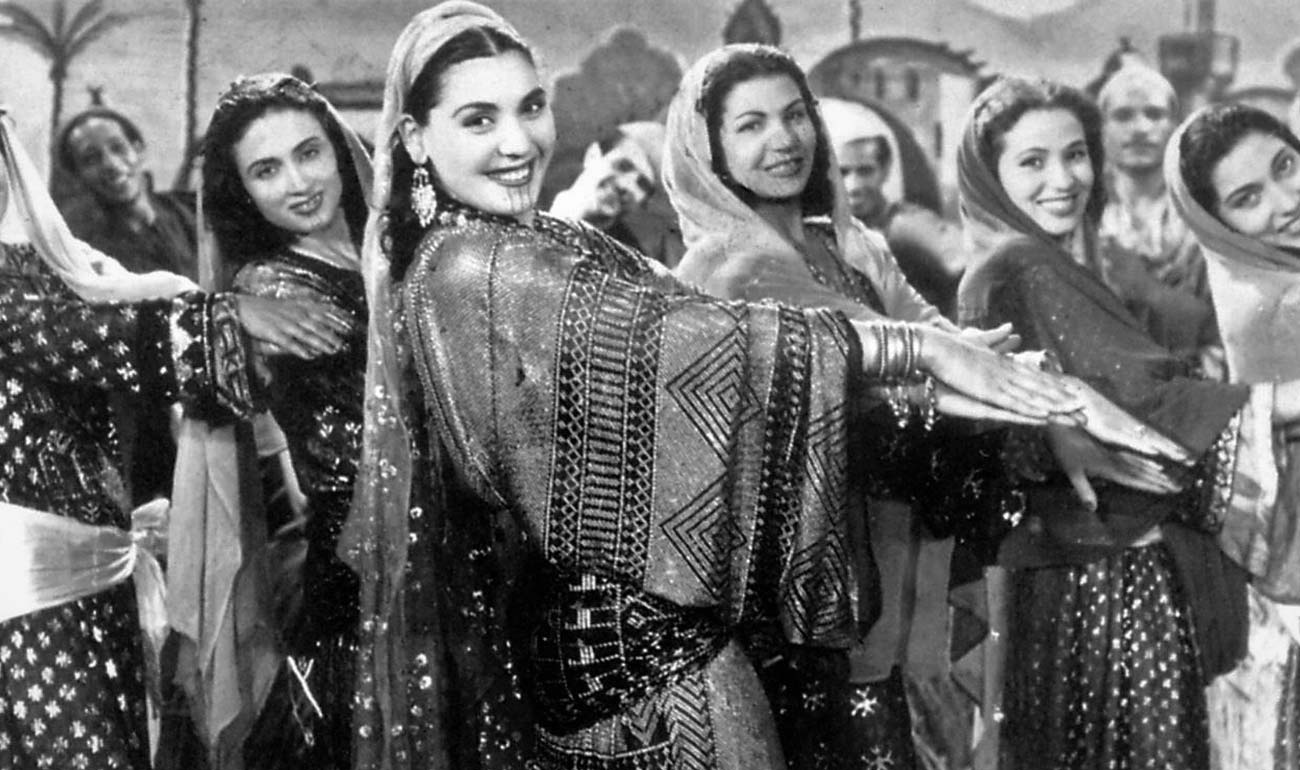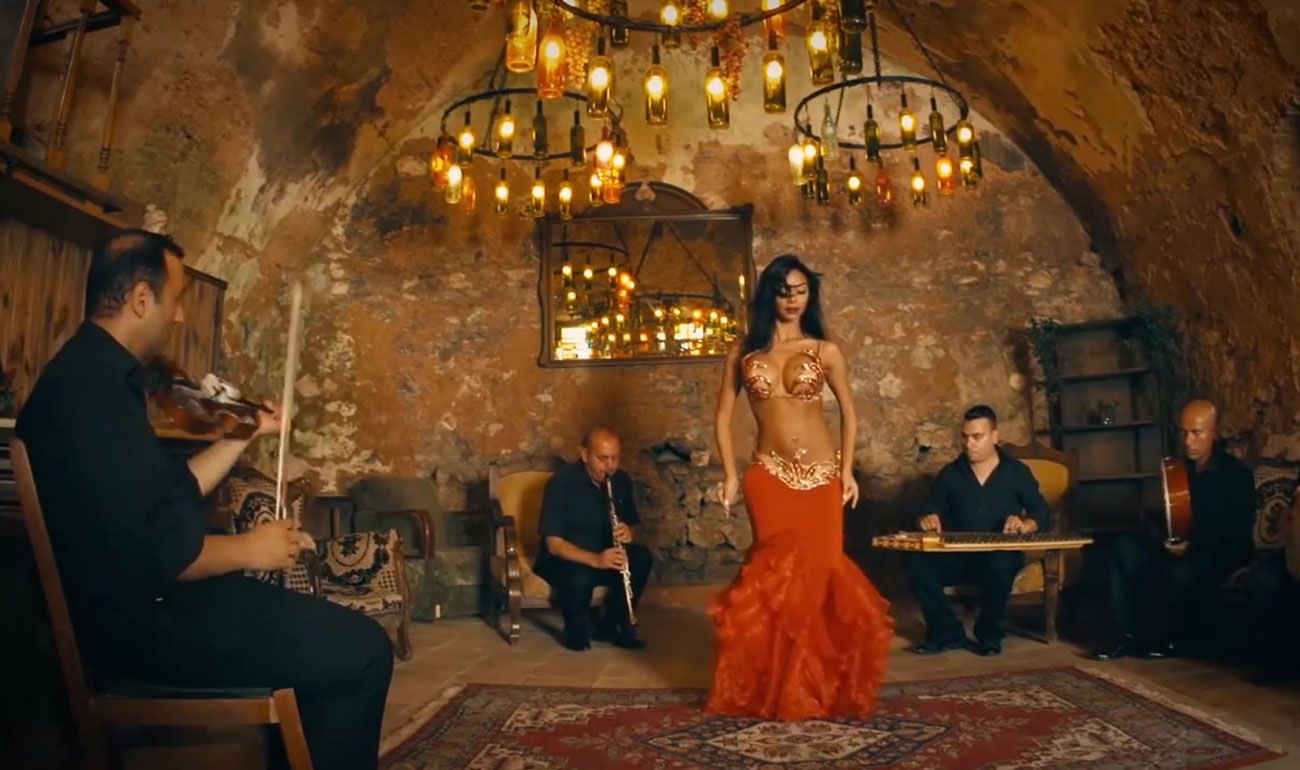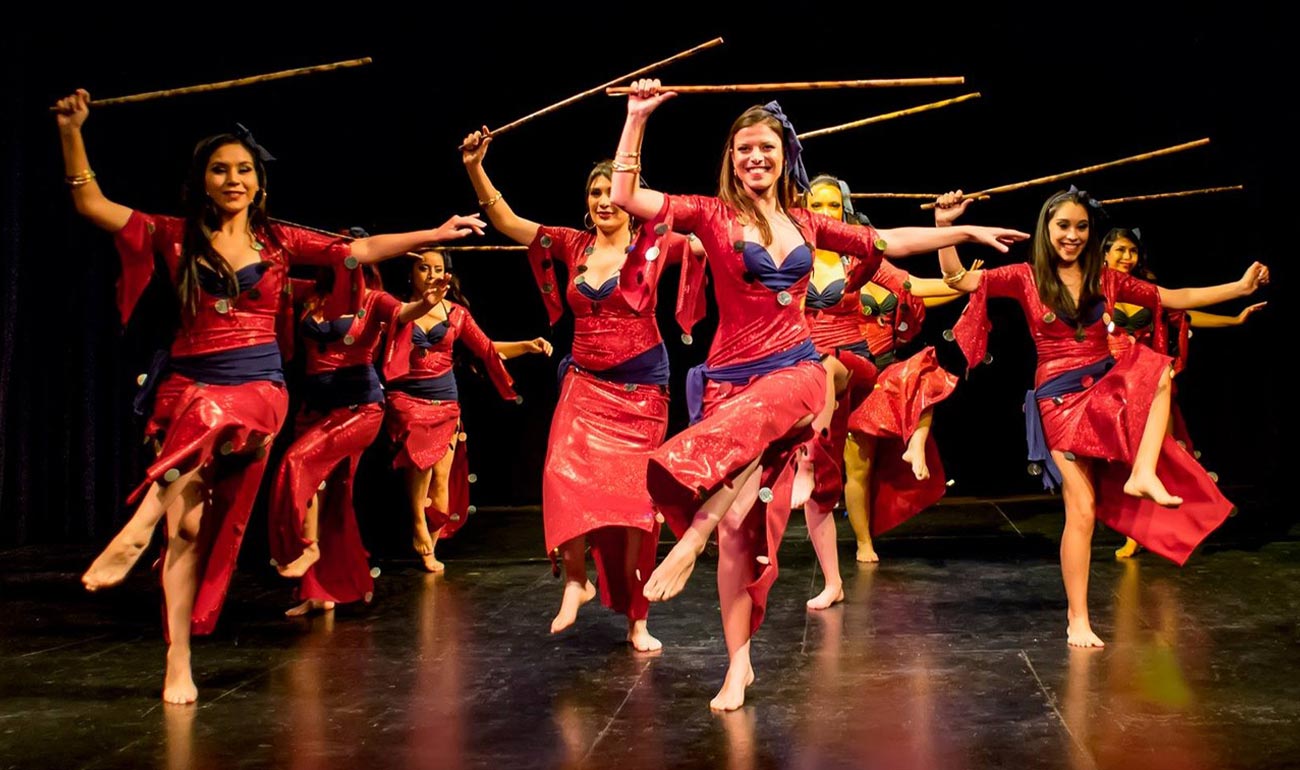
Saidi: the stick dance
Folkloric dances have always had a functional and collective value, and among the styles of oriental dance that come from Egyptian folklore, Saidi is perhaps the most famous of all: exuberant and powerful, simple and spontaneous, this dance is practiced by all and accepted by Islam, and it is the most ancient popular style of Egypt.
The word Shaabi in Arabic means “of the people”, and encompasses all the musical traditions and dances of the various regions, among them the Saidi, or “of the Sa’id”, that is, the region of Upper Egypt that develops around cities like Edfu or Luxor, along the upper course of the Nile. Saidi is both the name of a musical rhythm and of the dance that developed around it.
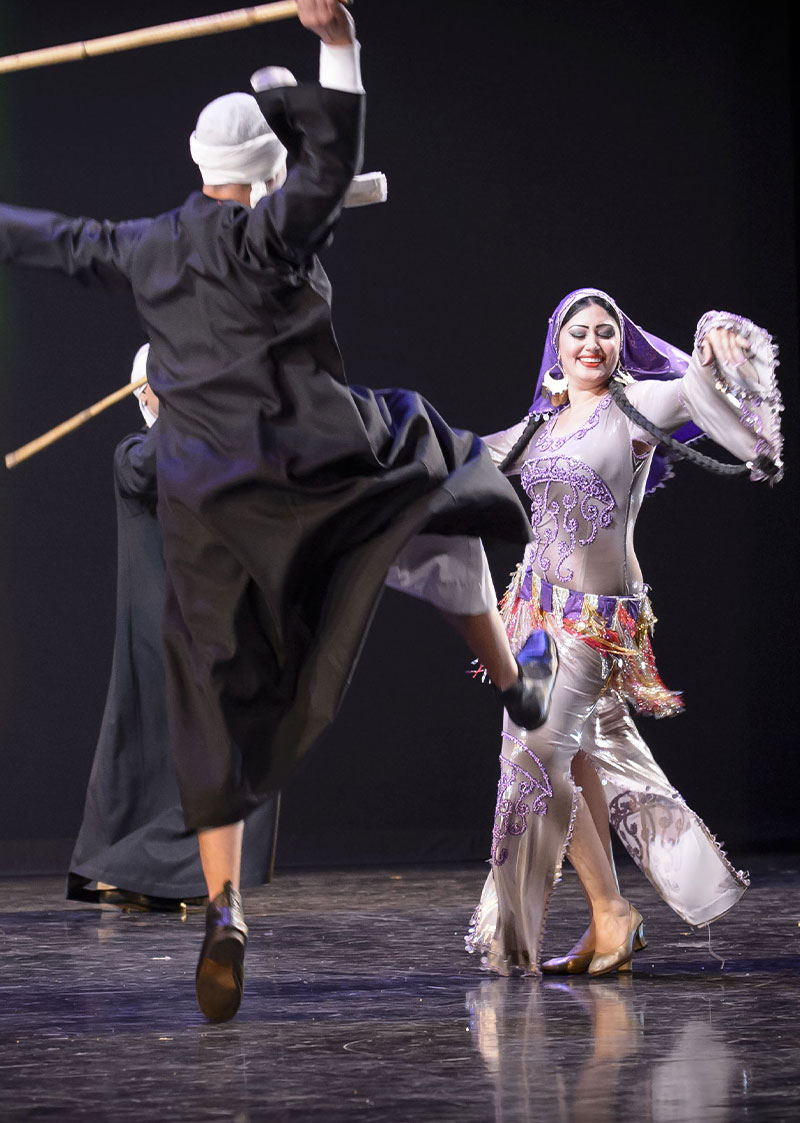
Saidi dance
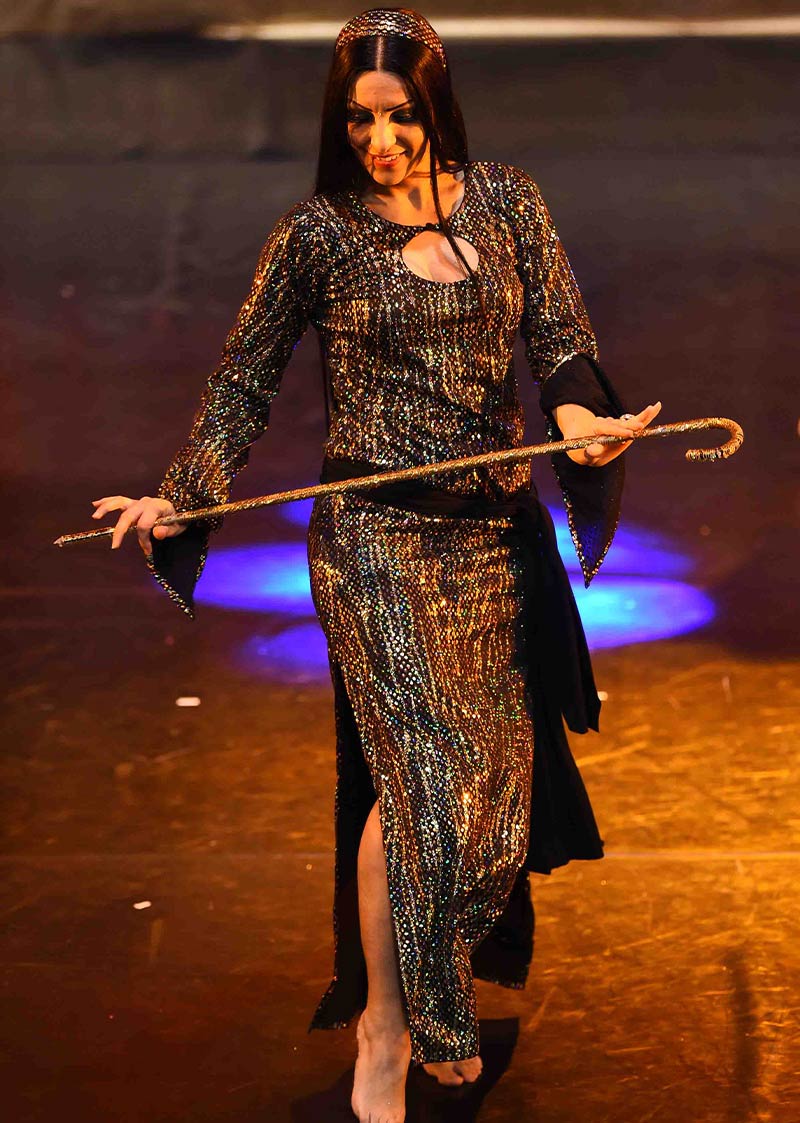
Saidi dancer with galabeya
AT THE BEGINNING WAS THE TAHTIB
This dance has very ancient origins, as evidenced by some hieroglyphics dating back to at least 2000 BC. In fact, in the pyramids depictions of an ancient martial art were found that men practiced with long sticks: from this form of combat a kind of dance-game-fight has developed over the centuries, which in the male version took the name of tahtib, from the bamboo stick that is used to dance.
The rules of the “martial” part of the tahtib are similar to those of various other fights: the stick must not hit but only touch the opponent; being a dance, however, the energy is discharged mainly towards the ground, giving impetus to the jumps that are the main feature of this style. The stick is often swirled in the air above the head and then beaten vigorously on the ground, thus also marking the rhythm of the music. This dance is characterized by heavy steps and feet firmly rooted on the ground or, at most, with the heel slightly raised. Therefore even the jumps are small and made to return to the ground and not to rise.
Shop some item inspired by Artemisia
THE DANCE OF THE “RAQS EL ASSAYA” STICK
Belly dance, as it developed in cabarets at the beginning of the twentieth century and as it was then codified for the stage by the master Mahmoud Reda and other choreographers, borrowed the dance with the stick from the folkloric repertoire and adapted it to his needs.
The female version (but also the one in which men and women dance together) is called Raqs el Assaya, or “stick dance“. The women dance with the stick demonstrating how power and femininity can get along, that is combining energetic movements that are purely “martial”, such as jumps, with other more sinuous and typically feminine ones, such as the eight and circles with the pelvis: a little as is also the case with sword dance. Or, a woman can dance Raqs el Assaya “mimicking” male dance, almost to make fun of a certain concept of virility and aggression: and then the dance with the stick becomes particularly flirtatious, ironic, amused and fun.
THE GALABEYA
Saidi-style clothing is characterized by a tunic or galabeya. The male version is usually black or dark colored and is worn over large pants, with a white turban on the head; while the female one is more adherent and is generally in striped fabric: it has long sleeves and flared elbows, it is hemmed by large paillettess, and leaves the legs free to come out of the side slits. Modern variants of the tunic have a deep neckline from which you can see the decorated bra that can be combined with the waist belt that highlights the movements of the hips, and a headband, from which large circular gold earrings come out.
The stick can also vary: the male one is always a rather stick bamboo cane, while women can use either a simple cane, if they intend to interpret a more martial style, or, in the most flirtatious versions of this dance, they can choose a curved stick lighter, colorful and decorated with sequins and rhinestones to match the tunic. During Arab rule, women were forbidden to handle this phallic symbol of power and, therefore, to perform dance with the stick. It was Reda who re-created the female Saidi dance that we dance today.
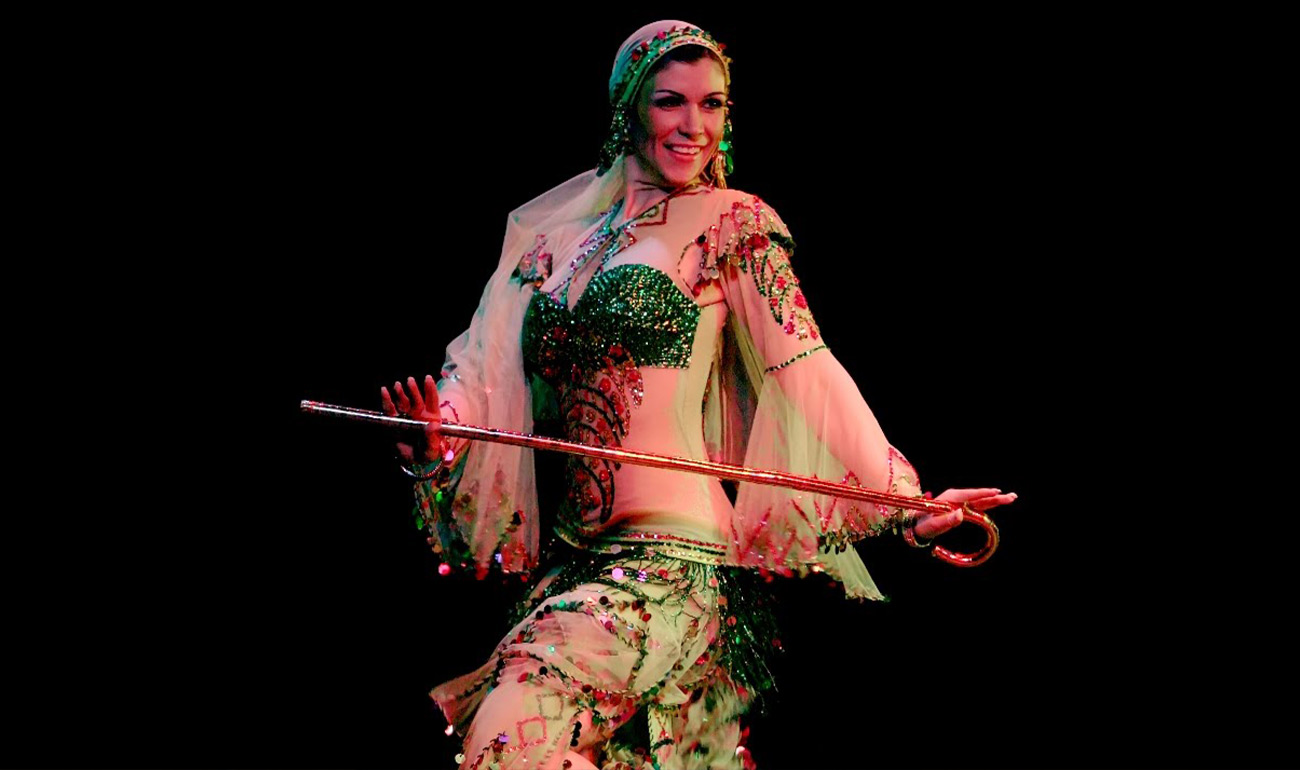
THE SAIDI RHYTHM
The music that accompanies the dance with the stick is punctuated by the saidi rhythm, which however is also widespread in modern commercial Arabic music, the so-called habibi music.
In the typical musical form for the accompaniment of this dance, darbouka percussion is accompanied by mizmar, which often begins with a solo improvisation. After the taqsim of the wind instrument, the percussions enter, with a very heavy and well-marked rhythm, which perfectly matches the typical jumps of this dance.
Above all thanks to the folk dances, the community renews its ties…because in dance, life returns to its powerful and vibrant primordial rhythm.


